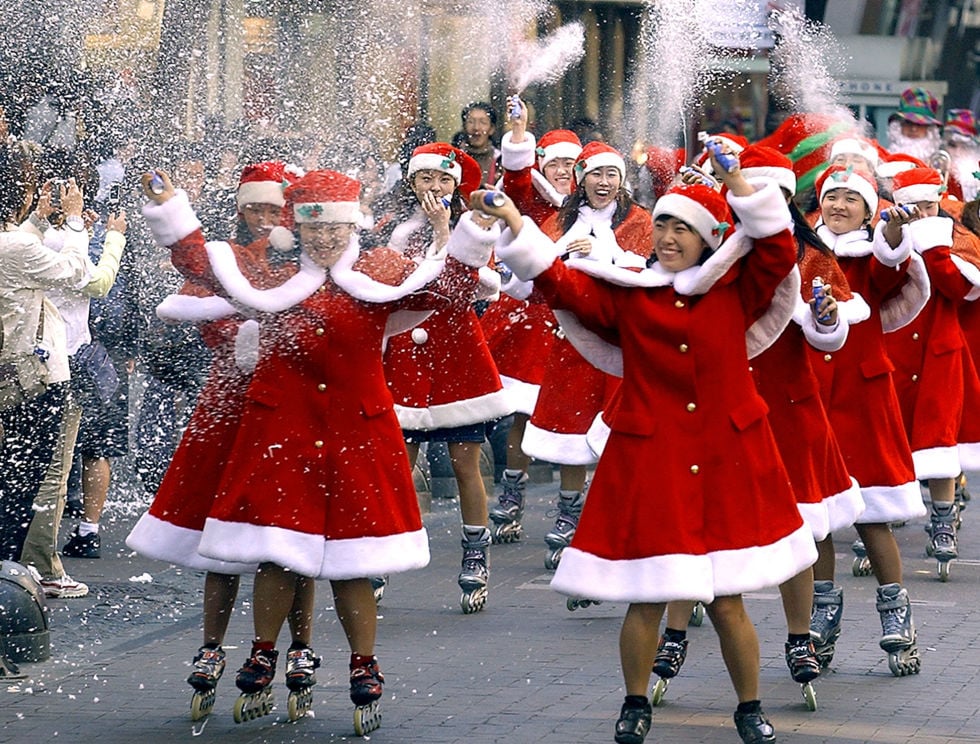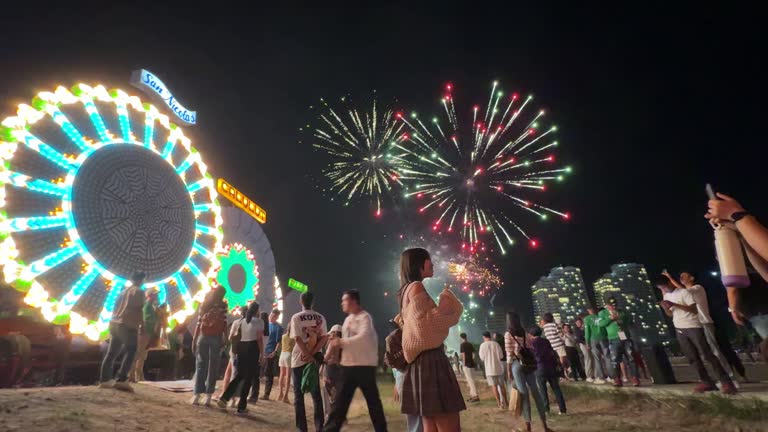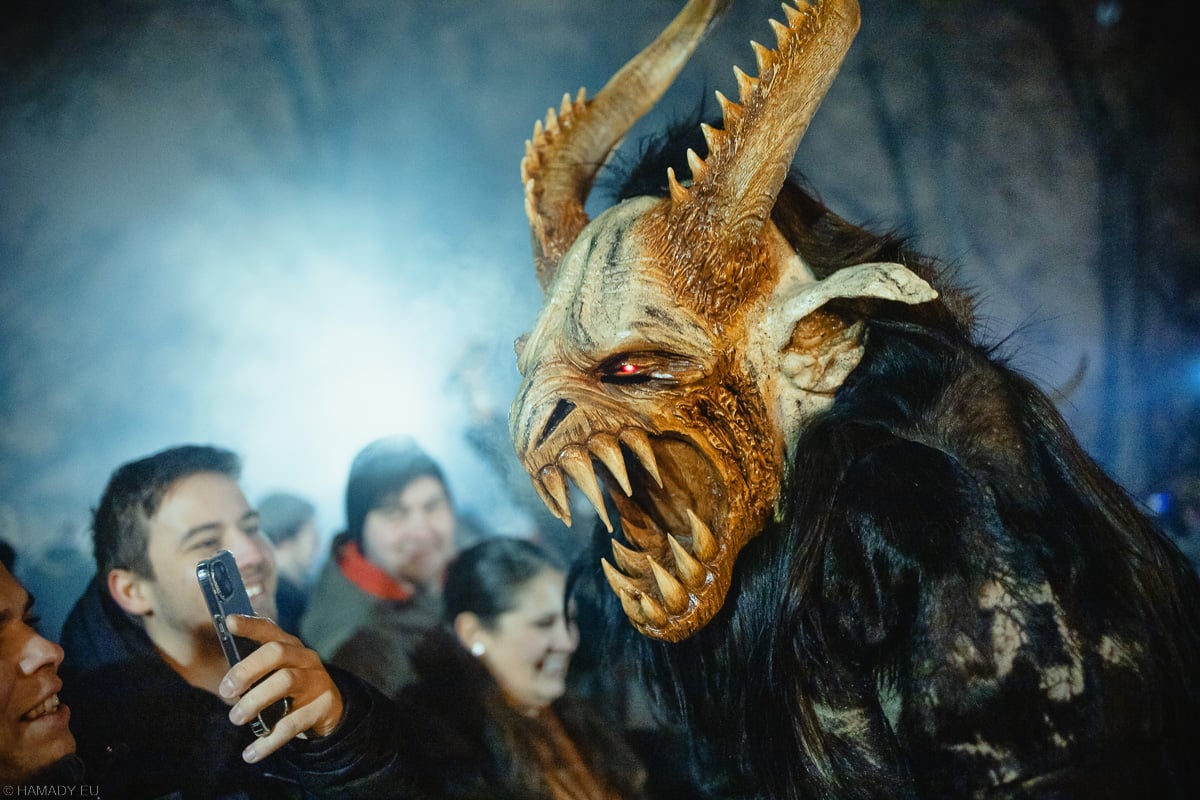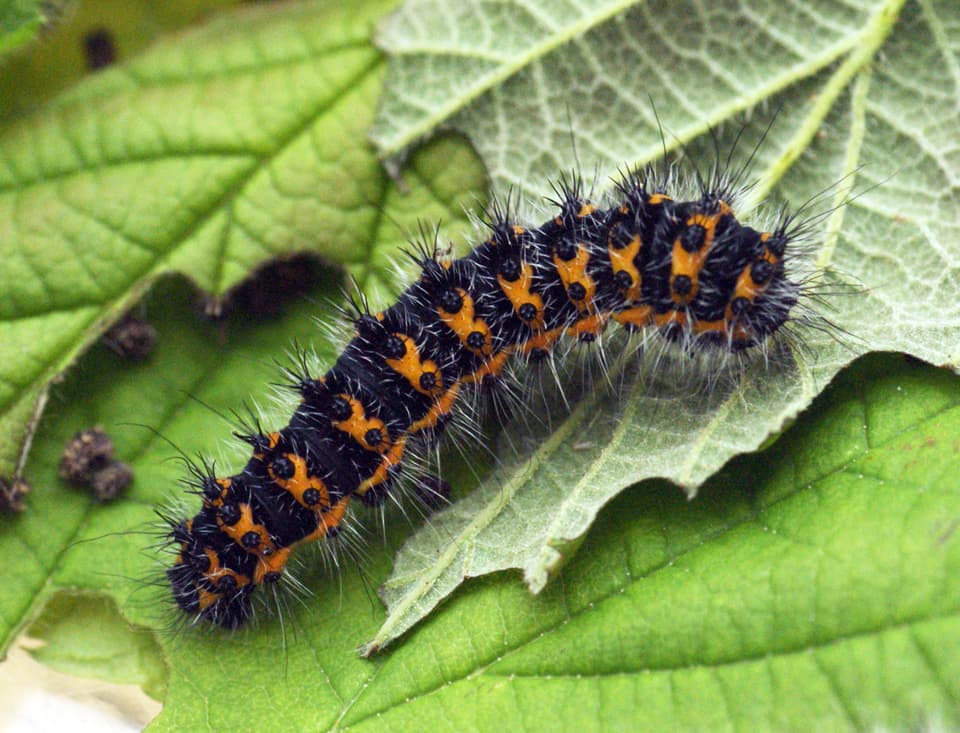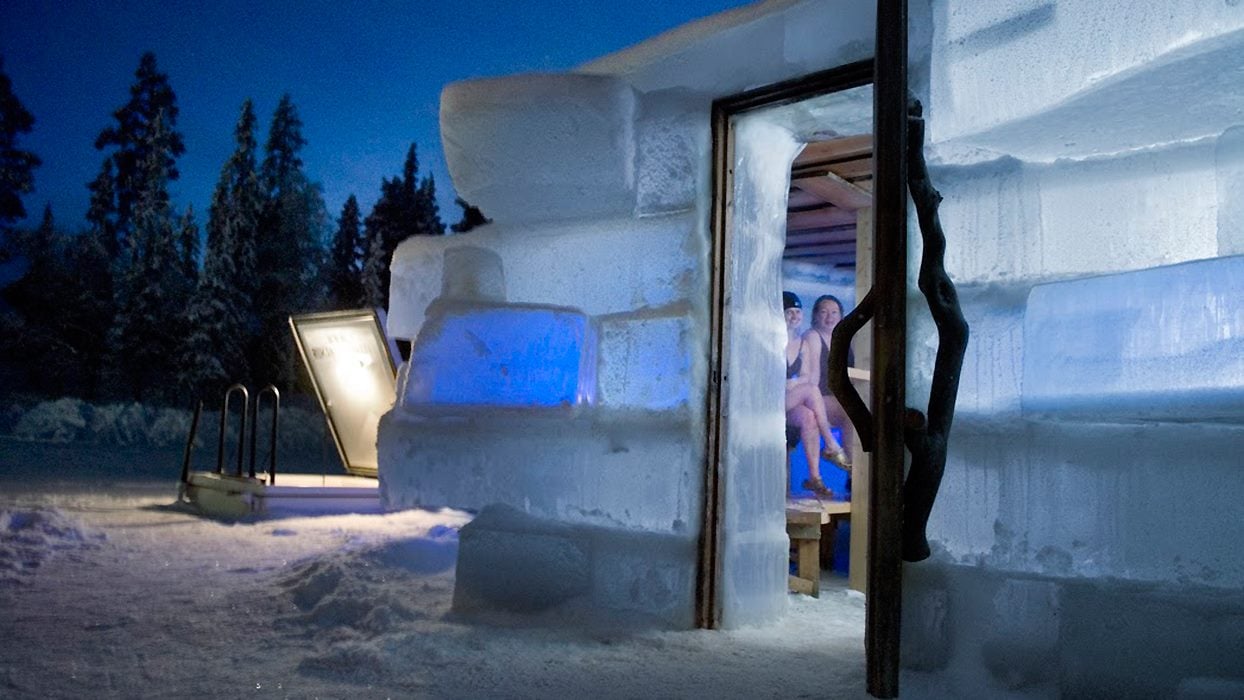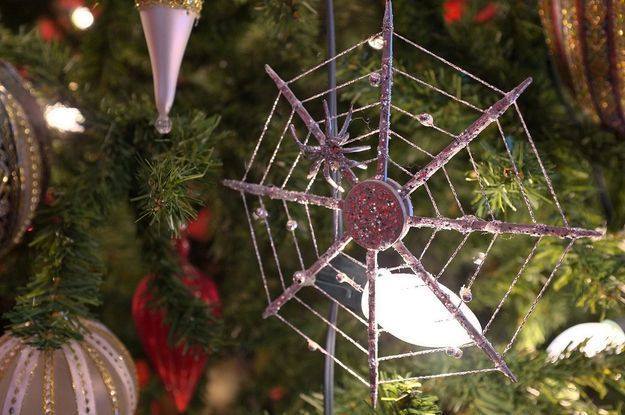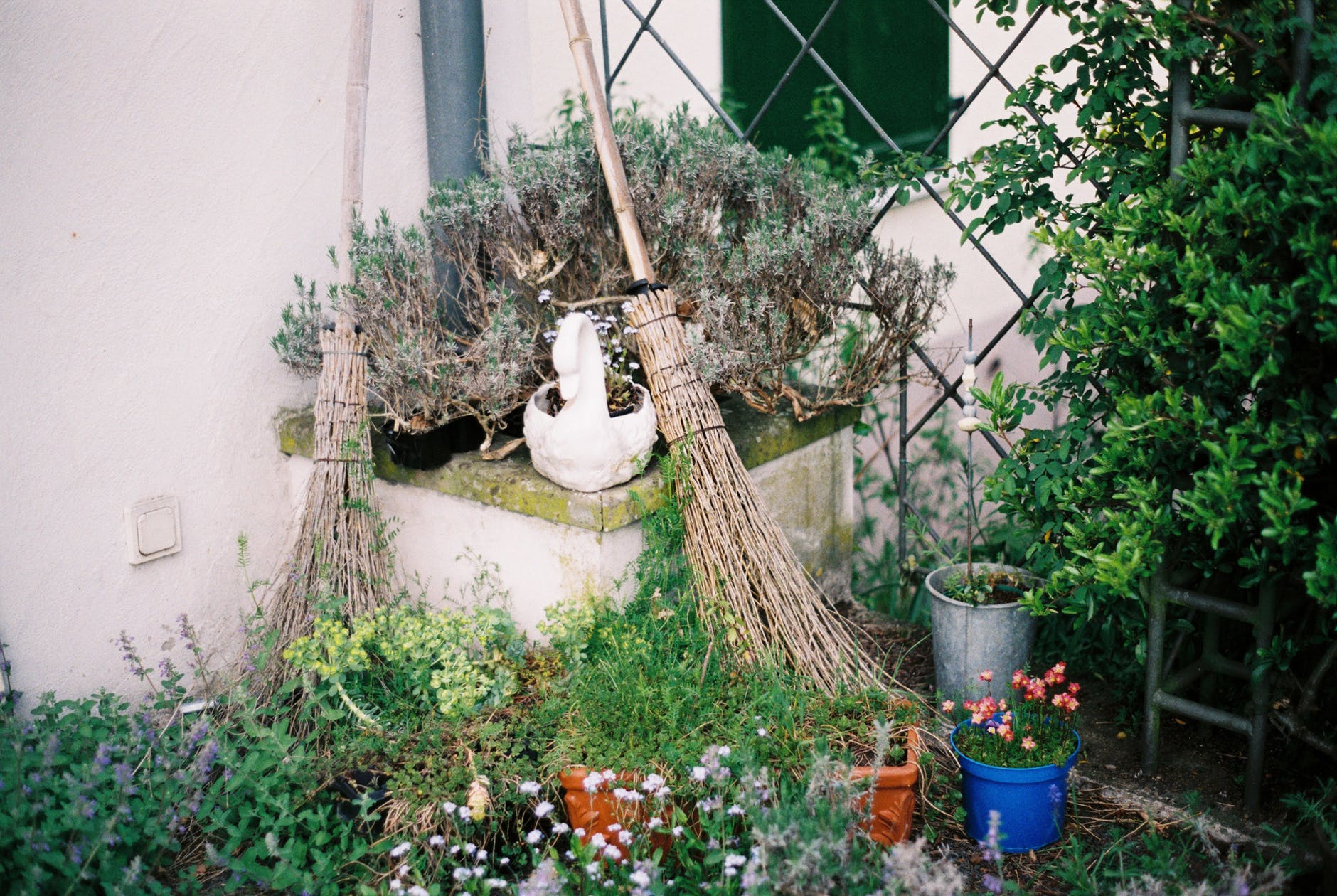The Weirdest Christmas Traditions Around the World You Didn’t Know Existed!
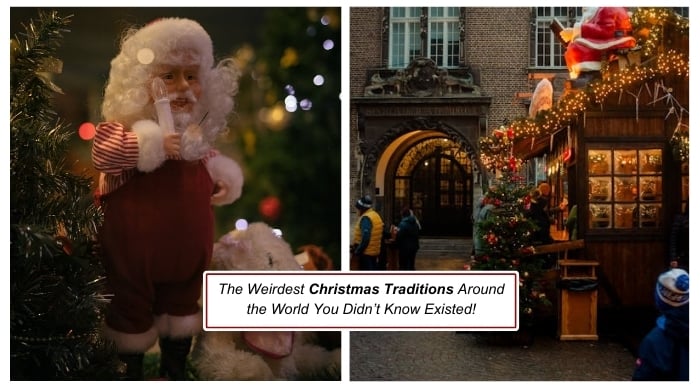
Christmas is celebrated worldwide, but how it’s celebrated varies significantly from one country to another. While some traditions like decorating a Christmas tree or exchanging gifts are universal, other customs are truly unique and deeply tied to a country’s culture and history. Let’s take a journey around the globe to explore some of the most fascinating Christmas traditions!
1. Japan: Kentucky Fried Christmas 🍗
Christmas in Japan stands out as a delightful blend of Western influences and local ingenuity. Though Christmas isn’t rooted in religious significance for the majority of Japanese people, it has grown into a joyful cultural celebration—complete with its own unique twist.
How It All Began
The tradition of eating Kentucky Fried Chicken (KFC) for Christmas traces back to a brilliant marketing campaign in the 1970s. At the time, Western-style Christmas dinners, especially turkey, were rare in Japan. Sensing an opportunity, KFC launched their “Kurisumasu ni wa Kentakkii!” (“Kentucky for Christmas!”) campaign, promoting fried chicken as a substitute for turkey. It resonated with the Japanese public, and the rest is history.
The Christmas Feast
On Christmas Eve or Christmas Day, families gather around a KFC feast, complete with crispy fried chicken, sides like coleslaw, and even a special Christmas cake for dessert. The meal is presented in festive packaging, and some sets even include sparkling wine, making it feel like a special holiday treat.
Planning Ahead is Essential
The tradition has become so ingrained that KFC locations are packed during the holiday season. To secure their fried chicken feast, many families place their orders weeks in advance. Without a reservation, you’re likely to face long lines or even find that the holiday menu is sold out.
A Modern Symbol of Christmas Joy
While it might seem unusual to those from other countries, the KFC Christmas tradition perfectly embodies Japan’s ability to take global customs and make them uniquely their own. It’s a quirky, heartwarming way to celebrate a holiday that’s all about joy and togetherness.
Would you consider swapping your traditional Christmas dinner for a bucket of KFC? 🎄🍗
2. Iceland: The Yule Lads 🎅🏻🍽️
Iceland’s Christmas traditions are steeped in folklore and whimsy, and none are more beloved than the antics of the Yule Lads. These 13 mischievous characters bring a playful twist to the holiday season, delighting children while keeping them on their best behavior.
Who Are the Yule Lads?
The Yule Lads are the sons of Grýla, a fearsome troll woman who, according to legend, eats naughty children. Thankfully, the Yule Lads themselves are less terrifying and more mischievous. Each has a distinctive name and personality tied to their quirky habits, such as:
- Spoon-Licker (Þvörusleikir): Steals wooden spoons to lick leftovers.
- Door-Slammer (Hurðaskellir): Loves slamming doors to disturb people’s sleep.
- Window-Peeper (Gluggagægir): Peeks through windows in search of things to steal.
These antics are more mischievous than malicious, making the Yule Lads a mix of tricksters and holiday heroes.

The 13 Nights of Christmas
Starting 13 nights before Christmas, the Yule Lads visit homes one by one. Children place their shoes on windowsills, hoping for small gifts like candy or toys. However, if they’ve misbehaved, they might wake up to find a potato instead—a lighthearted reminder to stay on Santa’s “nice” list.
Each Yule Lad stays for two weeks, meaning that by Christmas Day, all 13 have had their fun and moved on.
A Festive Folklore with a Modern Touch
In modern Iceland, the Yule Lads have become a cherished part of the country’s holiday season. They appear in Christmas events, decorations, and stories, bringing laughter and excitement to families. Their legend reminds everyone that a little good behavior goes a long way—especially when it comes to avoiding the dreaded potato!
Would you enjoy a visit from these playful pranksters, or are you worried they might swipe your spoons? 🎄🥔
3. Venezuela: Roller Skating to Church 🛼🎶
Christmas in Caracas, Venezuela, takes on a unique and exhilarating twist with an activity that’s as fun as it is festive: roller skating to church! This beloved tradition, full of community spirit and joy, transforms the early morning streets into a scene straight out of a holiday movie.
How It All Rolls
During the week leading up to Christmas, particularly on December 24th, many Venezuelans attend Misa de Aguinaldo (Early Morning Mass). But instead of driving or walking, residents in Caracas lace up their roller skates and glide their way to church.
This quirky tradition is so popular that entire streets are closed to vehicles, ensuring the safety of skaters. The early morning air buzzes with excitement, music, and chatter as families and friends join the festive procession on wheels.
Fireworks and Festive Spirit
To add to the merriment, fireworks light up the sky, and cheerful music—often traditional Venezuelan Christmas tunes called aguinaldos—fills the air. Skaters sometimes tug along friends or siblings on makeshift sleds, turning the journey into a lively celebration.
A Tradition Rooted in Togetherness
While the exact origins of the roller-skating custom are unclear, it’s a tradition that perfectly reflects Venezuela’s vibrant culture and love for community. The activity brings people together in a joyous and active way, setting the tone for a day filled with love, laughter, and celebration.
Would You Give It a Try?
Roller skating to church might not be the typical way to attend Mass, but it’s a charming reminder that Christmas is about more than just traditions—it’s about embracing joy and community. So, would you lace up your skates for a ride to Christmas Mass? 🎄🛼
4. The Philippines: The Giant Lantern Festival 🌟🇵🇭
In the Philippines, Christmas isn’t just a holiday—it’s an extravaganza, and nothing embodies this festive spirit better than the Giant Lantern Festival in the city of San Fernando. Known as the “Christmas Capital of the Philippines,” San Fernando hosts this awe-inspiring event that has become a symbol of Filipino ingenuity, artistry, and community.
The Festival’s History
The festival, or Ligligan Parul, dates back to the early 1900s and started as a small competition among local communities. Over time, it evolved into a grand celebration showcasing the artistry and craftsmanship of the region. What began as simple lanterns has now transformed into breathtaking works of art illuminated by thousands of lights.
The festival is typically held on the Saturday before Christmas Eve, drawing massive crowds from across the Philippines and around the world.
The Lanterns: A Feast for the Eyes
The star of the festival is, of course, the parol, a traditional Filipino Christmas lantern that symbolizes the Star of Bethlehem. But these aren’t your ordinary lanterns!
- Massive in size: Some lanterns can reach up to 20 feet in diameter.
- Intricate designs: Patterns range from religious symbols to geometric masterpieces.
- Thousands of lights: Modern lanterns are illuminated with LED bulbs and synchronized to dazzling light and music displays.
Each lantern is crafted by skilled artisans representing different barangays (villages) in a friendly competition to create the most spectacular display.
Community and Collaboration
The festival is more than just a visual spectacle; it’s a testament to the Filipino spirit of bayanihan (community effort). Entire villages work together for months to design, construct, and perfect their lanterns. This collective effort fosters unity and pride among residents.
A Global Attraction
The Giant Lantern Festival has gained international recognition, attracting tourists who want to witness the magic firsthand. It’s a true celebration of Filipino culture, ingenuity, and the enduring warmth of the holiday season.
Why It’s a Must-See
The festival’s dazzling displays and heartwarming atmosphere make it one of the most unique Christmas traditions in the world. It’s a brilliant reminder that the light of Christmas shines brightest when it’s shared with others.
Would you travel to the Philippines to see this spectacular event? 🌟🎄
5. Italy: Befana the Christmas Witch 🧹🍭
In Italy, Christmas joy doesn’t end with Santa Claus. Instead, the holiday season culminates on January 6th, the Epiphany, with a visit from Befana, the legendary Christmas witch. This endearing and unique tradition is a cherished part of Italian culture, blending folklore with festive cheer.
Who is Befana?
Befana is a kind but slightly scruffy old woman who flies on a broomstick, much like a traditional witch. Unlike her spooky counterparts in fairy tales, Befana is a figure of generosity and warmth.
- Appearance: She is often depicted wearing a shawl, with soot-streaked cheeks from sliding down chimneys to deliver her gifts.
- Gifts: Befana leaves sweets, chocolates, or small toys for well-behaved children. For those who’ve been naughty, she delivers lumps of coal (or, in modern times, black sugar candies that resemble coal).
The Legend Behind Befana
According to Italian folklore, the story of Befana is intertwined with the Nativity:
- When the Three Wise Men were searching for baby Jesus, they stopped at Befana’s house to ask for directions. She provided them with food and shelter but declined to join their journey.
- Later, she regretted her decision and set out to find the Christ child, bringing gifts along with her.
- To this day, Befana continues her search, delivering presents to children in the hope that one of them might be Jesus.

How Italians Celebrate Befana
The Epiphany is a significant holiday in Italy, marked by parades, feasts, and festive markets. The tradition of Befana is especially popular among children, who eagerly hang stockings by the fireplace in anticipation of her visit.
Some highlights of the celebration include:
- La Festa della Befana in Urbania: The town of Urbania, said to be Befana’s official home, hosts a grand festival every year, complete with costumes, fireworks, and performances.
- Traditional Treats: Families enjoy sweets like panettone and carbone dolce (a candy resembling coal).
- Befana Figurines: Miniature Befanas are sold in markets and displayed as part of holiday decorations.
The Spirit of Befana
Befana’s story reflects themes of redemption, generosity, and hope. She reminds everyone that kindness and second chances are at the heart of the holiday season.
Would you swap stockings with Santa for a visit from Befana? Her mix of sweets and folklore might be the perfect way to end the holidays! 🎄🧹
6. Austria: The Terrifying Krampus 👹🎄
Austria’s Christmas season isn’t all sugarplums and jolly Santas—there’s a darker, thrilling side to the festivities. Enter Krampus, the horned, fearsome creature who roams the streets in December, dealing with naughty children in stark contrast to Saint Nicholas’s kindly rewards for the good. This unique tradition adds a spine-chilling yet fascinating twist to the holiday cheer.
Who is Krampus?
Krampus is a half-goat, half-demon figure from Alpine folklore, said to be the counterpart to Saint Nicholas (known as Nikolaus in Austria).
- Role: While Nikolaus brings gifts for well-behaved children, Krampus punishes those who have misbehaved, often with birch rods or coal.
- Appearance: He’s typically depicted with large horns, glowing red eyes, shaggy fur, and a menacing grin, carrying chains and bells that jangle as he moves.
The Krampuslauf (Krampus Run)
During early December, particularly on Krampusnacht (December 5th), towns across Austria host Krampus parades or Krampuslauf, where people dress up as the fearsome figure.
- What to Expect: Costumed Krampuses roam the streets, rattling chains and playfully “chasing” onlookers.
- Thrills and Fun: While the parades can be intimidating, they are all in good fun and attract crowds eager to experience this unusual tradition.
- Accompanied by Saint Nicholas: Often, Krampus appears alongside Nikolaus, emphasizing the balance of reward and punishment.
Origins and Significance
The Krampus legend is believed to have pre-Christian origins, stemming from pagan traditions celebrating winter solstice. Over time, it was incorporated into Christian customs as a way to teach moral lessons, with Krampus serving as a cautionary figure to encourage good behavior in children.
Modern-Day Appeal
Today, Krampus has gained international attention, with parades and celebrations extending beyond Austria to other parts of Europe and even the U.S. The tradition combines folklore, spectacle, and a playful sense of fear, making it a unique and memorable part of the holiday season.
Would You Dare Face Krampus?
The Krampus tradition reminds us that Christmas isn’t just about joy but also reflection on our actions. If you’re up for a mix of fright and festivity, experiencing a Krampus parade might just be the highlight of your holiday season!
Do you think Krampus would leave you with coal—or would Saint Nicholas be the one to visit you instead? 🎅👹
7. South Africa: Christmas Caterpillars 🦋🍴
In South Africa, Christmas takes on a unique culinary twist in some regions with a festive treat that might surprise you: fried caterpillars! These are no ordinary insects—they’re the brightly colored caterpillars of the Emperor Moth, a species celebrated as both a delicacy and a symbol of good fortune during the holiday season.
A Nutritious Holiday Treat
The Emperor Moth caterpillars are packed with protein and are highly nutritious, making them a valuable food source for many communities. Harvested during the festive season, these caterpillars are cleaned, seasoned, and fried to create a crispy, flavorful snack.
A Symbol of the Holidays
The caterpillars’ vibrant colors are said to mirror the festive spirit, making them an especially fitting treat for Christmas. Their association with luck and prosperity adds another layer of meaning to their inclusion in holiday celebrations.
More Than Just a Meal
For many South Africans, these caterpillars are more than just a unique dish—they’re a connection to heritage and tradition. Their preparation often involves community gatherings, creating an atmosphere of togetherness and joy that embodies the true spirit of Christmas.
Would You Try It?
Fried caterpillars may not be on everyone’s holiday menu, but they offer a fascinating glimpse into South Africa’s rich culinary diversity. If you’re feeling adventurous, this crispy Christmas snack might just become your next holiday favorite!
Would you give these festive caterpillars a try? 🦋🎄
8. Finland: Christmas Sauna 🔥🎄
In Finland, the sauna is more than just a place to relax—it’s a deeply ingrained part of the culture, symbolizing purification and harmony. This connection becomes even more profound on Christmas Eve, when families come together for a traditional Christmas sauna session. This cherished ritual sets the tone for a peaceful and reflective holiday celebration.
A Tradition of Cleansing and Calm
The Christmas sauna is seen as a way to cleanse both body and mind before the festivities begin. Finns believe that the sauna offers a space to let go of the past year’s stress, making room for the joy and renewal of Christmas.
- Families gather in the sauna during the afternoon or early evening on Christmas Eve, before the holiday meal and celebrations.
- Special care is taken to create a calm, serene atmosphere, often with candlelight or festive decorations.
A Connection to Ancestry
In Finnish folklore, the sauna is a sacred space where the spirits of ancestors might visit, especially during significant times like Christmas. Some families light candles or leave offerings as a mark of respect, creating a unique blend of spirituality and tradition.
Modern Variations
While the traditional sauna involves wood-burning stoves and rustic settings, modern saunas can be found in most Finnish homes. Regardless of the setup, the Christmas sauna remains a cornerstone of the holiday.
Why It’s Special
The Christmas sauna encapsulates Finland’s focus on simplicity, mindfulness, and connection to nature. It’s a moment to pause, reflect, and share quality time with loved ones before the bustle of gift-giving and feasting begins.
Would you embrace this tranquil tradition as part of your holiday? A Christmas sauna might just be the perfect way to start the season! 🔥🎄
9. Ukraine: Spider Web Decorations 🕸️🎄
In Ukraine, Christmas trees shimmer with an unusual and enchanting touch: spider web decorations. While it might sound like something suited for Halloween, this custom is deeply rooted in Ukrainian folklore and is believed to bring good fortune and prosperity.
The Legend Behind the Webs
This charming tradition stems from a folk tale about a poor widow who couldn’t afford to decorate her family’s Christmas tree. As the story goes:
- On Christmas morning, the family awoke to find the tree covered in spider webs, which the morning sunlight magically transformed into strands of gold and silver.
- The family’s fortune changed forever, and the tale became a beloved symbol of hope, miracles, and unexpected blessings.
A Symbol of Good Luck
To honor this story, many Ukrainians adorn their Christmas trees with artificial spider webs and sometimes small spider ornaments. These decorations are thought to attract good luck and prosperity in the coming year, making them a meaningful addition to holiday decor.
A Unique Holiday Aesthetic
The spider web tradition adds a magical and whimsical element to Ukrainian Christmas trees. Whether spun with glitter or designed from delicate threads, these decorations blend folklore with artistry, creating a visually stunning effect that’s steeped in history.
A Tradition to Try?
The spider web story reminds us that even the simplest things can hold great beauty and meaning. If you’re looking for a way to add a unique and symbolic touch to your own Christmas tree, why not try a spider web decoration this year?
Would you welcome this Ukrainian custom into your holiday celebrations? 🕸️✨
10. Australia: Christmas on the Beach 🏖️🎅🏻
While many parts of the world associate Christmas with snow and cozy fires, Australians flip the script with a sun-soaked, summer celebration. Falling right in the heart of summer, Christmas in Australia often involves sandy shores, barbecues, and outdoor fun, making it one of the most unique ways to enjoy the holiday season.
A Beachside Celebration
Instead of bundling up, Australians head to the beach in swimsuits, sun hats, and flip-flops. Popular activities include:
- Beach barbecues: Families and friends gather to grill fresh seafood, sausages, and steaks right by the water.
- Sandcastle competitions: Who needs snowmen when you can sculpt festive sand creations under the sun?
- Surfing Santas: Don’t be surprised to see surfers dressed as Santa catching waves—it’s a beloved holiday sight!
Picnics and Outdoor Fun
Beyond the beach, many Australians celebrate with outdoor picnics or backyard parties. These gatherings are filled with classic Aussie foods like:
- Pavlova: A meringue-based dessert topped with fresh fruits.
- Cold meats and salads: Perfect for the summer heat.
- Chilled beverages: To toast the holiday while staying cool.
Unique Decorations
Christmas trees and lights are still part of the tradition, but Australians often incorporate summer elements, like wreaths made from native flowers or ornaments shaped like kangaroos and koalas.
The Spirit of Summer Christmas
Christmas in Australia reflects the laid-back, outdoor-loving lifestyle of its people. It’s a celebration of togetherness, creativity, and sunshine, proving that the holiday spirit thrives whether you’re in the snow or under the sun.
Would you trade snowflakes for surfboards and spend Christmas on the beach? 🏄♂️🎄
11. Norway: Hiding the Brooms 🧹🎄
In Norway, Christmas Eve comes with a quirky and mysterious tradition: hiding the brooms. Rooted in centuries-old superstition, this custom adds a touch of folklore to the holiday season, blending the festive with the fantastical.
The Superstition Behind the Tradition
According to Norwegian folklore, Christmas Eve is a night when witches and evil spirits are most active. These mischievous beings were believed to steal brooms from homes to ride through the night sky. To prevent this, families would:
- Hide their brooms in secure places, such as cupboards or locked rooms.
- Ensure that no cleaning tools were left out in the open, depriving spirits of their potential “transportation.”
A Mix of Fun and History
While few Norwegians today genuinely fear witches swooping around on brooms, the tradition endures as a playful nod to the country’s folklore. It’s a way to connect with the past and add a bit of mystery and fun to Christmas celebrations.
Modern-Day Celebrations
In many households, hiding the brooms is accompanied by other cozy Christmas Eve traditions, such as:
- Feasting on traditional dishes: Like ribbe (pork ribs) or pinnekjøtt (lamb ribs).
- Lighting candles: To create a warm, festive atmosphere that contrasts with the long, dark Norwegian winters.
- Exchanging gifts: Often after a family meal or church service.
A Quirky Tradition Worth Trying?
Hiding the brooms might seem unusual, but it’s a charming way to incorporate a little whimsy and folklore into your own holiday traditions. After all, who doesn’t love a mix of magic and merriment at Christmas?
Would you add this Norwegian superstition to your holiday celebrations? 🧹✨
12. Mexico: Las Posadas 🎶🏠
In Mexico, the Christmas season comes alive with Las Posadas, a deeply spiritual and festive nine-night tradition that reenacts Mary and Joseph’s search for shelter in Bethlehem. Celebrated from December 16th to December 24th, this cherished custom blends faith, community, and joy, culminating in a vibrant Christmas Eve celebration.
The Story Behind Las Posadas
“Posada” means shelter or inn in Spanish, and the tradition reflects the biblical story of Mary and Joseph seeking a place to stay before the birth of Jesus. Each evening of Las Posadas, a procession symbolizes their journey, bringing the story to life in neighborhoods across Mexico.
How It’s Celebrated
- Processions:
- Neighbors take turns hosting the procession, representing the “innkeepers.”
- Participants, often dressed as Mary, Joseph, angels, and shepherds, walk from house to house singing villancicos (traditional Christmas carols).
- At each home, the hosts deny shelter until the final designated house welcomes the group inside.
- Candles and Songs:
- Procession members carry candles, and the group sings special songs asking for posada (shelter).
- The ritual concludes with the final house offering hospitality, symbolizing the inn where Jesus was born.
- Festivities:
- Once inside, the hosts provide refreshments like tamales, ponche (a warm fruit punch), and other traditional treats.
- Children often take turns breaking a piñata, which is usually star-shaped to represent the Star of Bethlehem.

Christmas Eve Grand Finale
The final night, Nochebuena (Christmas Eve), is a time for joyous feasts, fireworks, and midnight Mass. It’s the highlight of the season, marking the birth of Jesus with heartfelt celebrations that bring families and communities together.
The Spirit of Las Posadas
Las Posadas is more than a reenactment; it’s a testament to the values of hospitality, faith, and unity. The tradition reminds everyone of the importance of welcoming others and sharing the holiday spirit with open hearts.
Would you join a Las Posadas procession? The combination of music, tradition, and community makes it a truly magical way to celebrate Christmas! 🎄🌟


